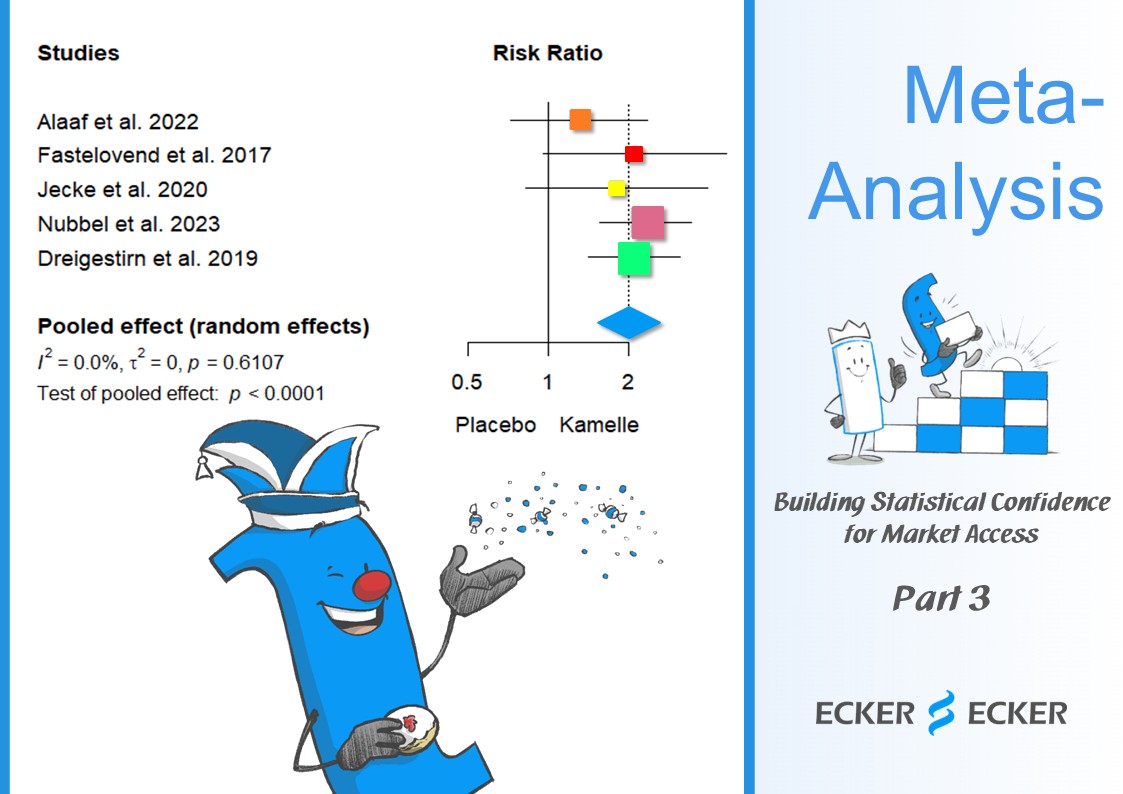Meta-Analysis

Meta-Analysis: Combining Evidence for Stronger Conclusions 📊💪
In HTA, decisions should be based on the best available evidence. But what if multiple studies report different results? This is where meta-analysis comes in - by systematically combining all relevant evidence into a single effect estimate.
Why This Matters for MarketAccess?
✔️ Inclusion of all available evidence – ensuring a comprehensive assessment.
✔️ Increasing statistical power – even when individual trials report non-significant findings, meta-analysis can reveal a meaningful overall effect.
However, Meta-Analysis Comes with Challenges:
⚠️ Heterogeneity – Differences in patient populations, treatment settings, and outcome measures can complicate comparisons.
⚠️ Statistical Uncertainty – How do we best model variability across studies?
Model Choice: Fixed Effects vs. Random Effects
📌 Fixed-Effects Model – Assumes a common true effect that is estimated by all studies. This is appropriate when only a few studies with little heterogeneity are considered.
📌 Random-Effects Model – Assumes that study results vary due to real differences between populations and settings. This model accounts for heterogeneity when a larger number of heterogeneous studies are combined.
How Do We Measure Variability?
📊 I² Statistic – Quantifies how much of the variability between studies is due to true differences rather than random error.
📊 Forest Plot – A visual representation of individual study effects and the combined estimate, helping decision-makers see the bigger picture.
What’s New?
🛠️ The IQWiG regularly provides methodological guidance in early benefit assessment (AMNOG).
🛠️ A draft of Version 8.0 of their methods paper has just been released, introducing a novel Bayesian approach for meta-analysis.
📢 More about the Bayesian Methods in IQWiG’s Update in our next post on Building Statistical Confidence For Market Access